Fashion history
Indian sarees in the history and world of fashion
Traditional womens indian sari clothing is a rectangular piece of fabric with a length of 5 to 9 m and a width of up to 1.2 m. This footage allows a woman of any size to wear a sari. Sari makes a woman elegant and sensual and stylish at the same time.
The word sari comes from the Prakrit word sattika, which means a strip of cloth. In India, cloth represents the creation of the universe. "Sutra" (thread) is the basis, "sutradhara" (weaver) - the creator or creator of the universe. The earliest description of a sari known in Indian history is a statue of a priest in the Indus Valley, dressed in draped cloth.
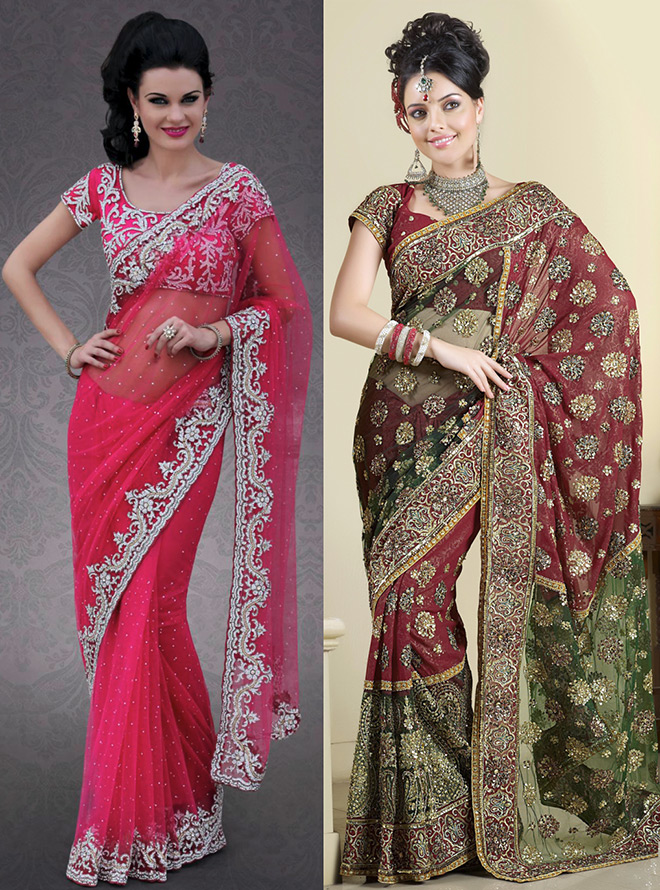
A saree consisting of one piece of fabric is a later innovation. In more ancient times, a woman's costume, like a man's, consisted of a loincloth and a draped piece of fabric; above the waist, the body remained naked. This garment was called dhoti, and all this could be afforded due to the hot climate of India. Ancient Indian sculptures and deities are depicted wearing a similar headband. This whole outfit was complemented by a veil that covered the shoulders and threw it over the head. According to historians, it was the dhoti that was gradually transformed in women into saris.
From the IV century A.D. NS. the rules for wearing dhoti and sari are already being formed, and elements of distinction between men's and women's clothing are emerging.
The fabric used for a sari is usually ornamental in a variety of colors that vary according to caste and region of the country. When designing a sari, various types of draperies are used, reflecting the age, status, profession and religion of a woman.
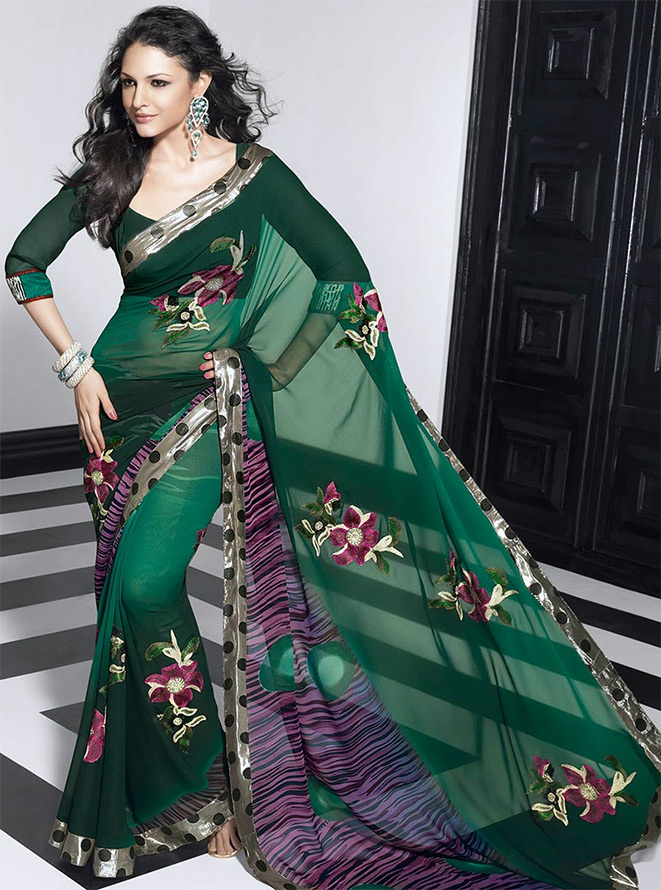
The most varied materials with all the variety of color palette adorn the saree and make the woman attractive. Fancy exotic prints, printed or jacquard ornaments, materials embroidered with beads and pearls - all this is the basis for creating a modern national sari costume.
It is very important to properly drape the saree so that the slightest inaccuracy does not ruin the entire outfit. One of the methods often used by the people is when women wrap a sari like a dhoti, then lay it obliquely on the chest, passing it under one shoulder on the back and in front over the other shoulder.
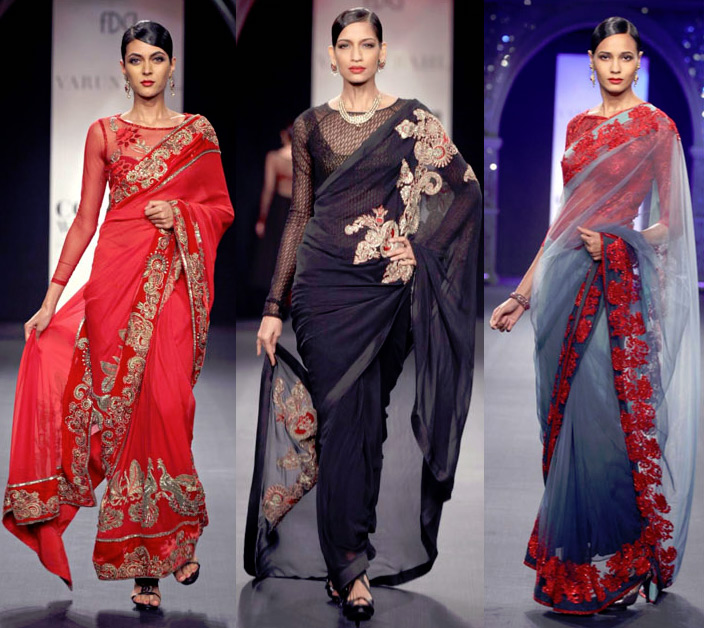
The most common way of dressing a sari was invented by the wives of Indian rajas. They draped the nivi style saree that is still popular today. This style differs in that the saree is wrapped once or twice around the hips. Most of the fabric is gathered at the waist in small folds (in an accordion) and secured at the front. The rest is draped obliquely across the chest and thrown over the left shoulder. Hanging down the edge of the sari - pallu, which is adorned with the richest decor. Women often throw this edge - pallu on their heads, hiding from the scorching rays of the sun.
There is another way to design a pallu. If the end of the fabric is long enough (1.5 - 2 meters), then it is pulled between the legs and then thrown over the left shoulder. It turns out clothes that look like trousers.
And another popular type of wearing a saree is with a choli blouse and a long skirt. Choli is a short blouse that is worn under the sari. Previously, choli only covered the chest, now both the chest and the back. Choli have a close cut, which is done by darts or lacing on the back. Thus, the shape of the body is emphasized. This is the main common feature of all types of choli. Otherwise, they may differ in the presence of sleeves or be sleeveless, with straps. Sleeves can be both set-in and one-piece.
The sleeves are usually up to the elbow. The length of the choli is limited under the bust, leaving the rest of the body exposed. Choli are made of fabric in bright colors that contrast with the color of the sari. The long skirt is called pawada.
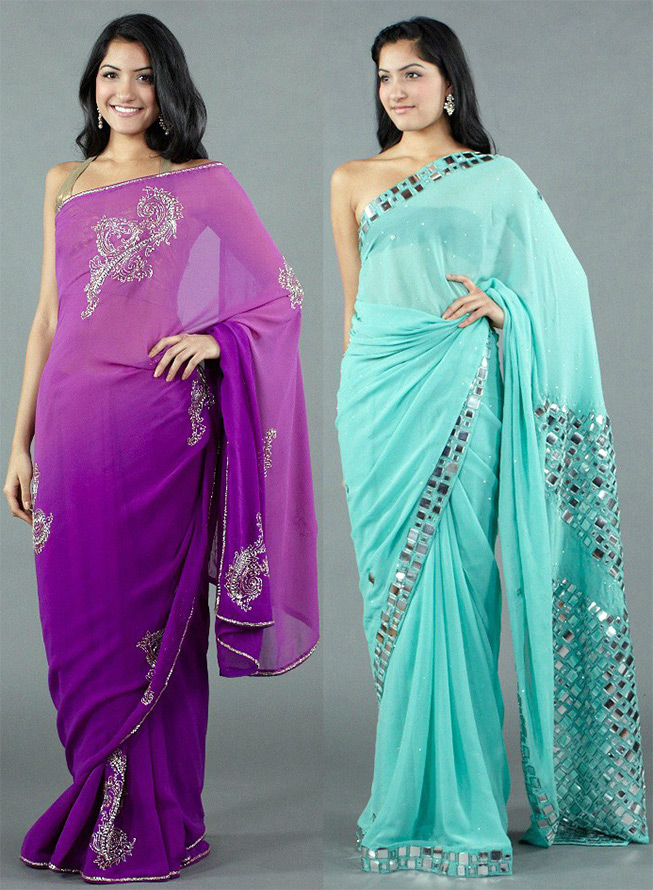
The decorative design of the saree is very rich, the most common colors are green, green-blue, golden-yellow, scarlet.
Sari has remained almost unchanged for many millennia.
Everyday and elegant costumes of an Indian woman necessarily include a sari - so much it corresponds to the national appearance of the people.
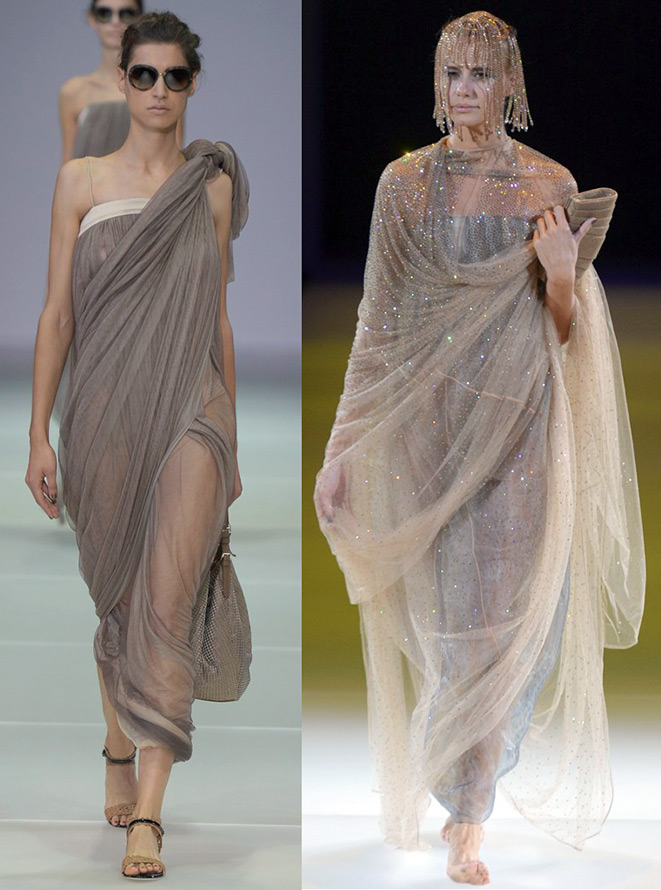
Photo above - Giorgio Armani
Photo below - Monique Lhuillier

The Indian saree has served as an inspiration for contemporary designers. Eastern fashion has returned to the catwalk more than once during the twentieth century. Cotton tunics, fabrics embroidered with gold threads, glitter of beads and rhinestones, patchwork dresses, jackets from brocade, turbans, sarees in evening dresses - all this is still the actual wardrobe of fashionistas today.
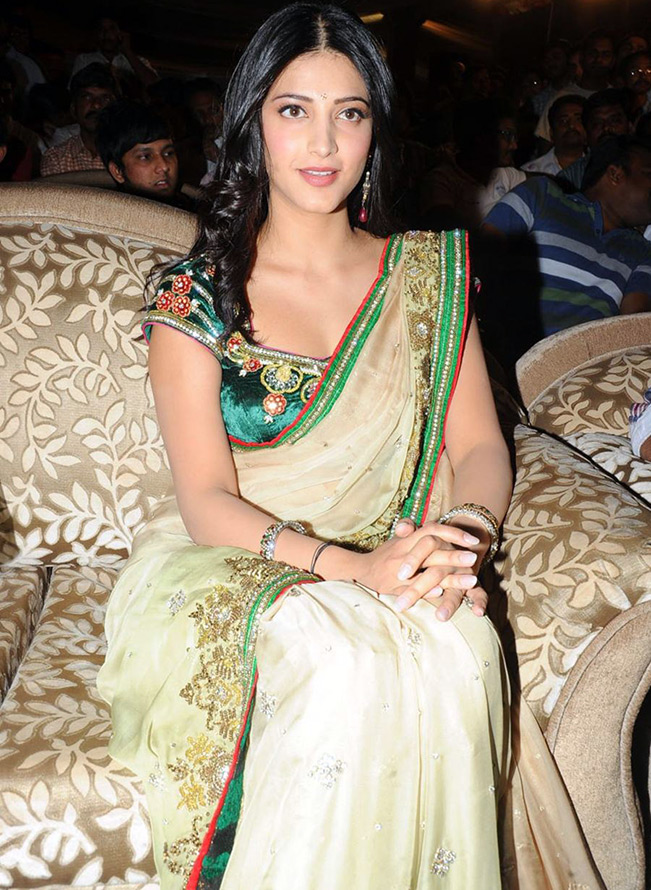
Comments and Reviews
Add a comment
Similar materials
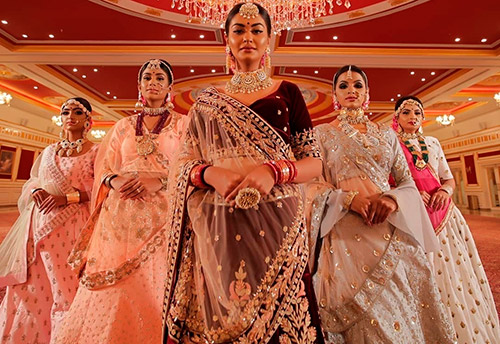 Indian wedding - the most luxurious bridal outfits
Indian wedding - the most luxurious bridal outfits
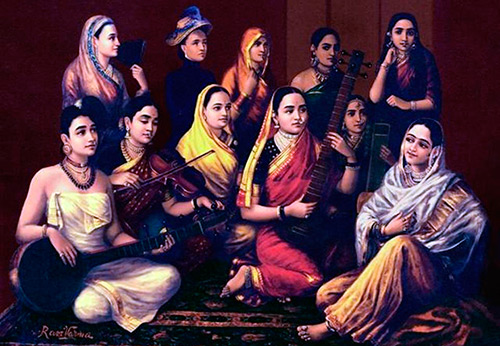 National costume of India for women and men
National costume of India for women and men
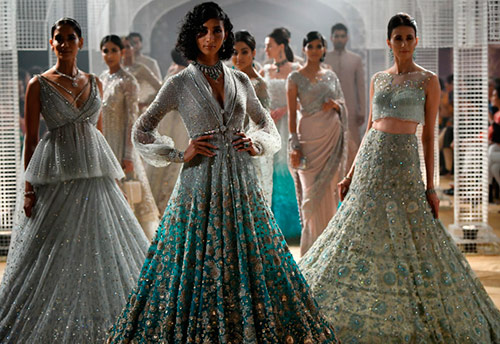 Tarun Tahiliani Indian Dresses With Sari Elements
Tarun Tahiliani Indian Dresses With Sari Elements
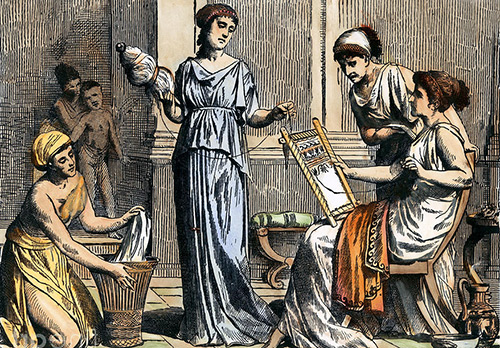 Fashion history - what you need to know about the costume of Ancient Greece
Fashion history - what you need to know about the costume of Ancient Greece
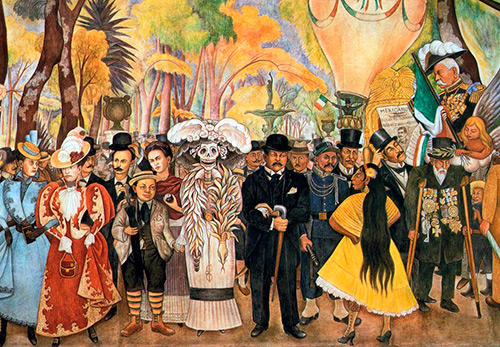 Mexican costume - traditional clothing and accessories
Mexican costume - traditional clothing and accessories
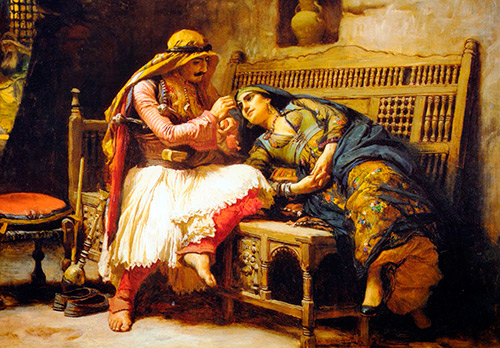 Costume and fashion of the countries of the Arab East
Costume and fashion of the countries of the Arab East
Rating news
Shades of clothing that make women look younger
What shades of hair make women younger: rules and photos
Funny wedding dresses - photos and ideas
12 most expensive down jackets for the winter
How to look 25 at 40: tips from supermodels
Beautiful schoolgirls
Anti-aging haircuts and hairstyles for women
Fashionable skirts for autumn and winter
Fashionable women's trousers for the cold season
Fashionable and stylish sandals for summer 2024
Spring-summer 2024
 Fashionable dresses and tops with thin spaghetti straps
Fashionable dresses and tops with thin spaghetti straps
 Bandana tops: how to wear stylishly and beautifully
Bandana tops: how to wear stylishly and beautifully
 How to put together the perfect men's wardrobe for the summer
How to put together the perfect men's wardrobe for the summer
 Fashionable shorts for spring-summer 2024
Fashionable shorts for spring-summer 2024
 Fashionable skirts for spring-summer 2024: a guide to online shopping
Fashionable skirts for spring-summer 2024: a guide to online shopping
 The most fashionable dresses spring-summer 2024: styles and colors
The most fashionable dresses spring-summer 2024: styles and colors
 Fashionable total look 2024: ideas of images and trends
Fashionable total look 2024: ideas of images and trends